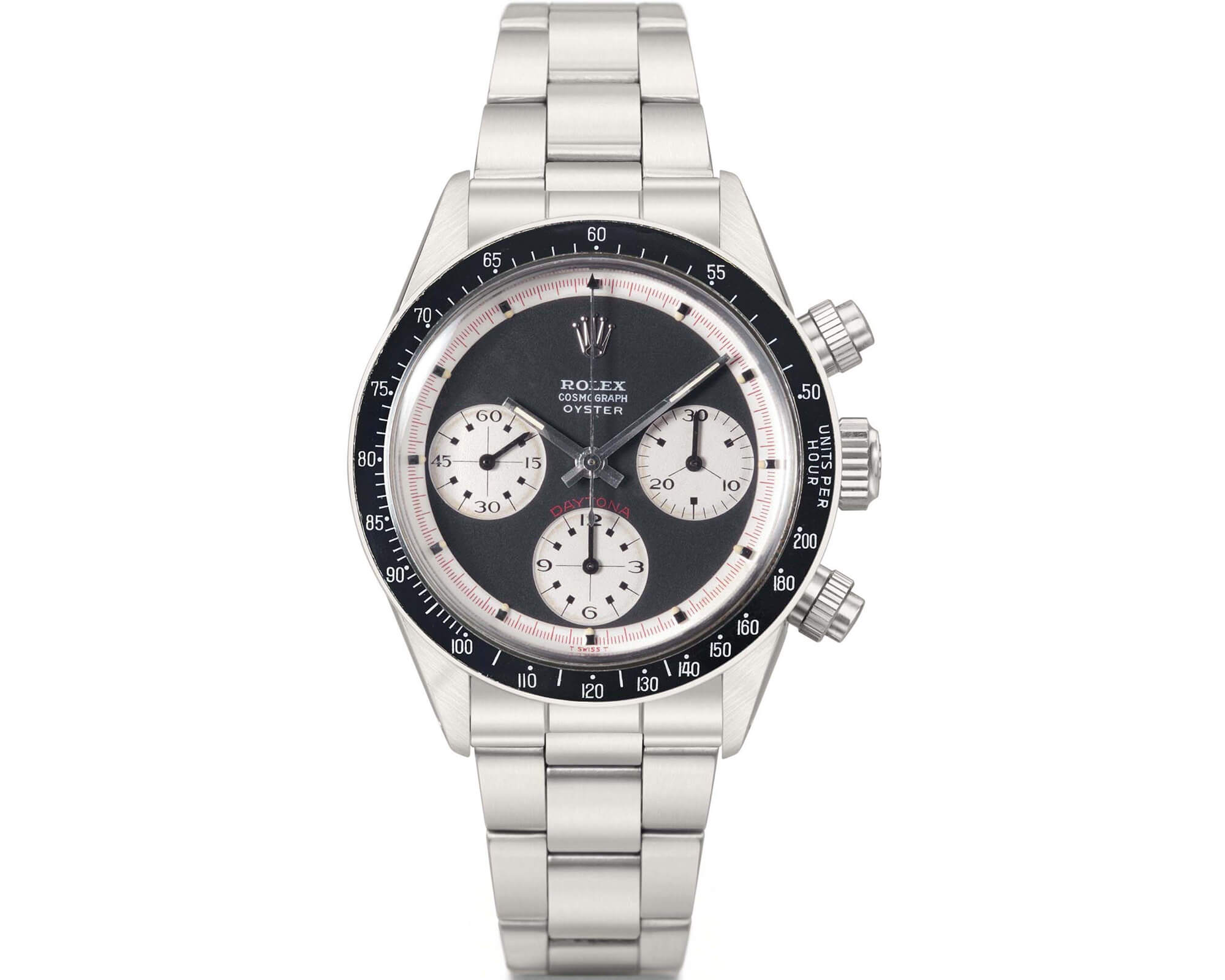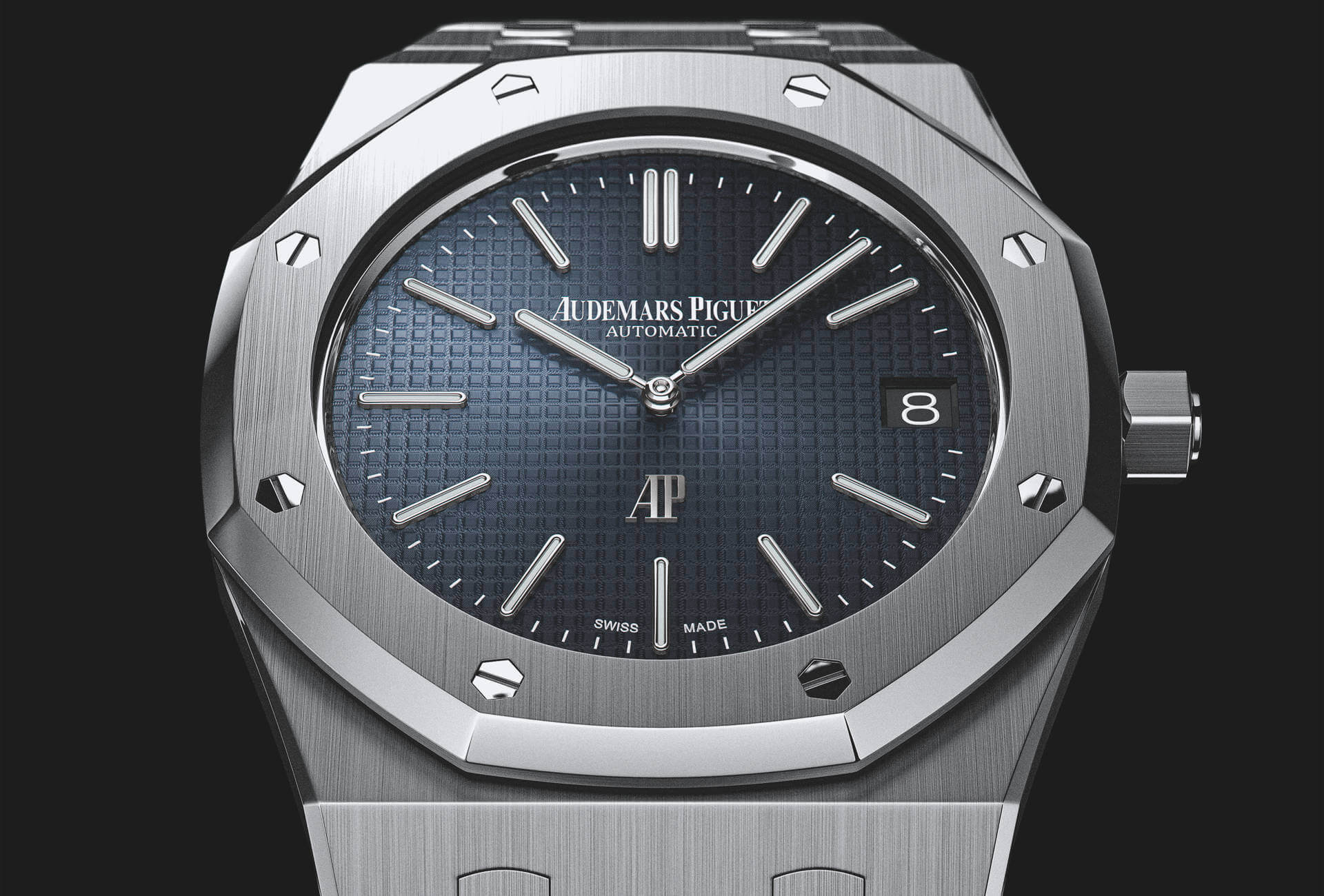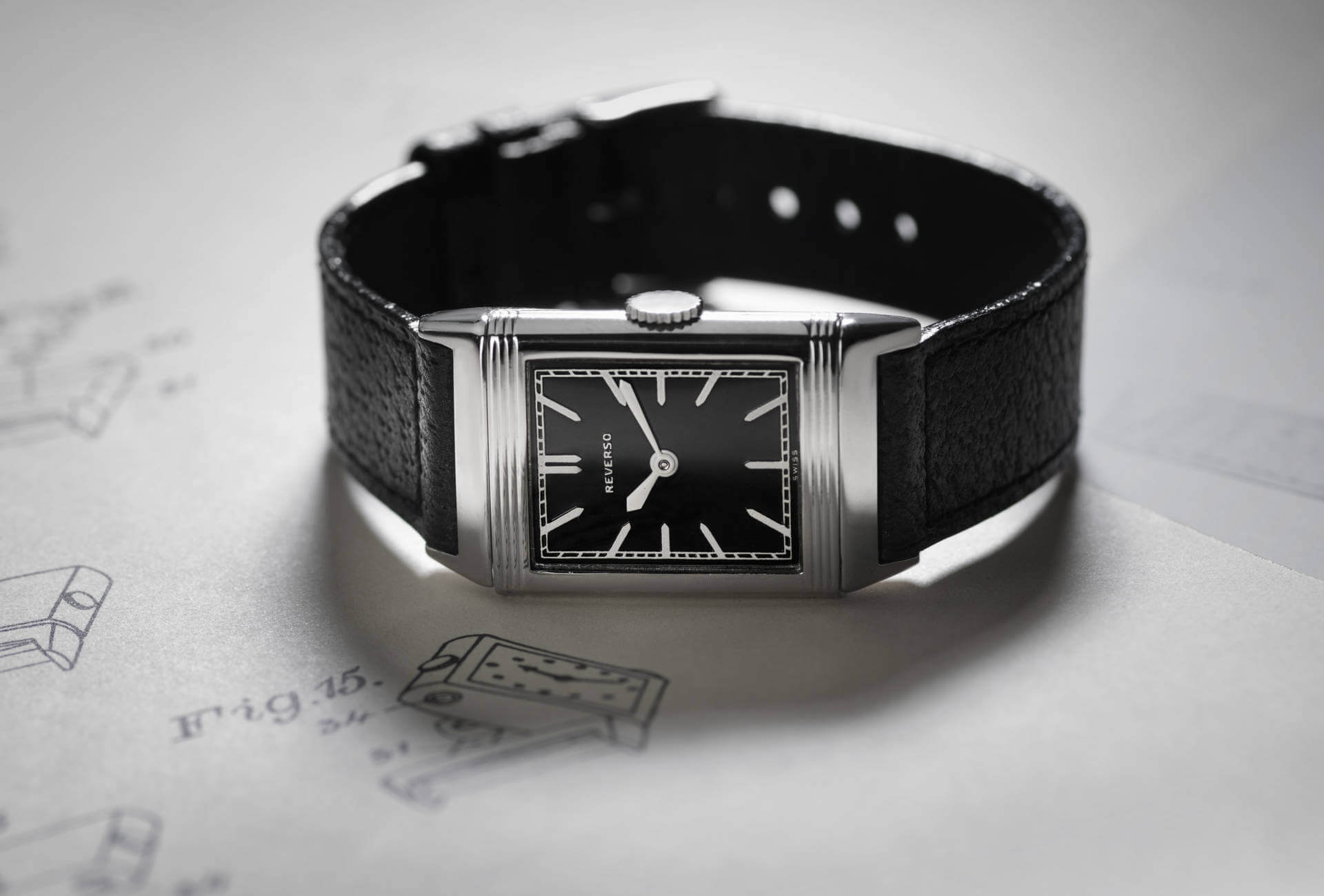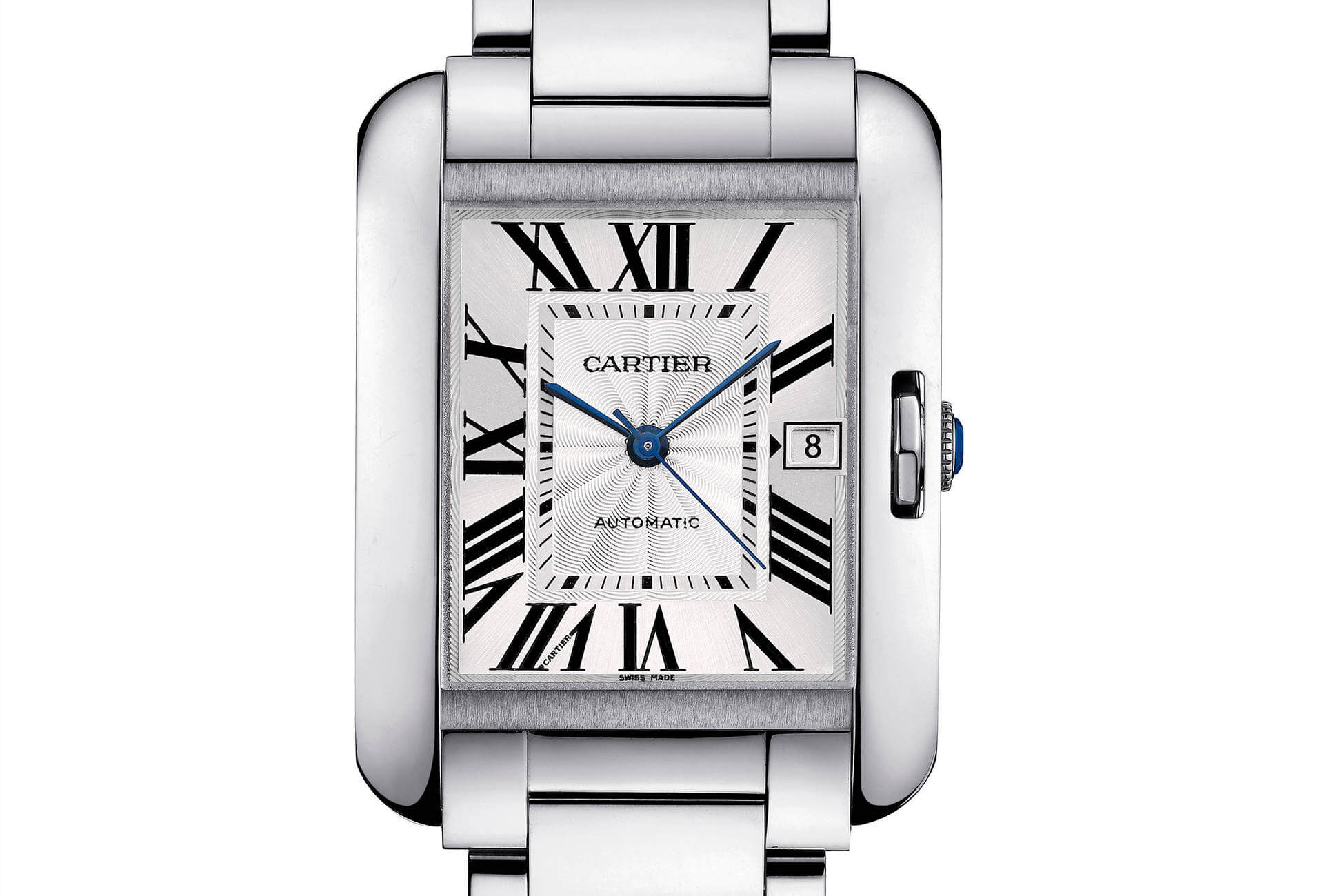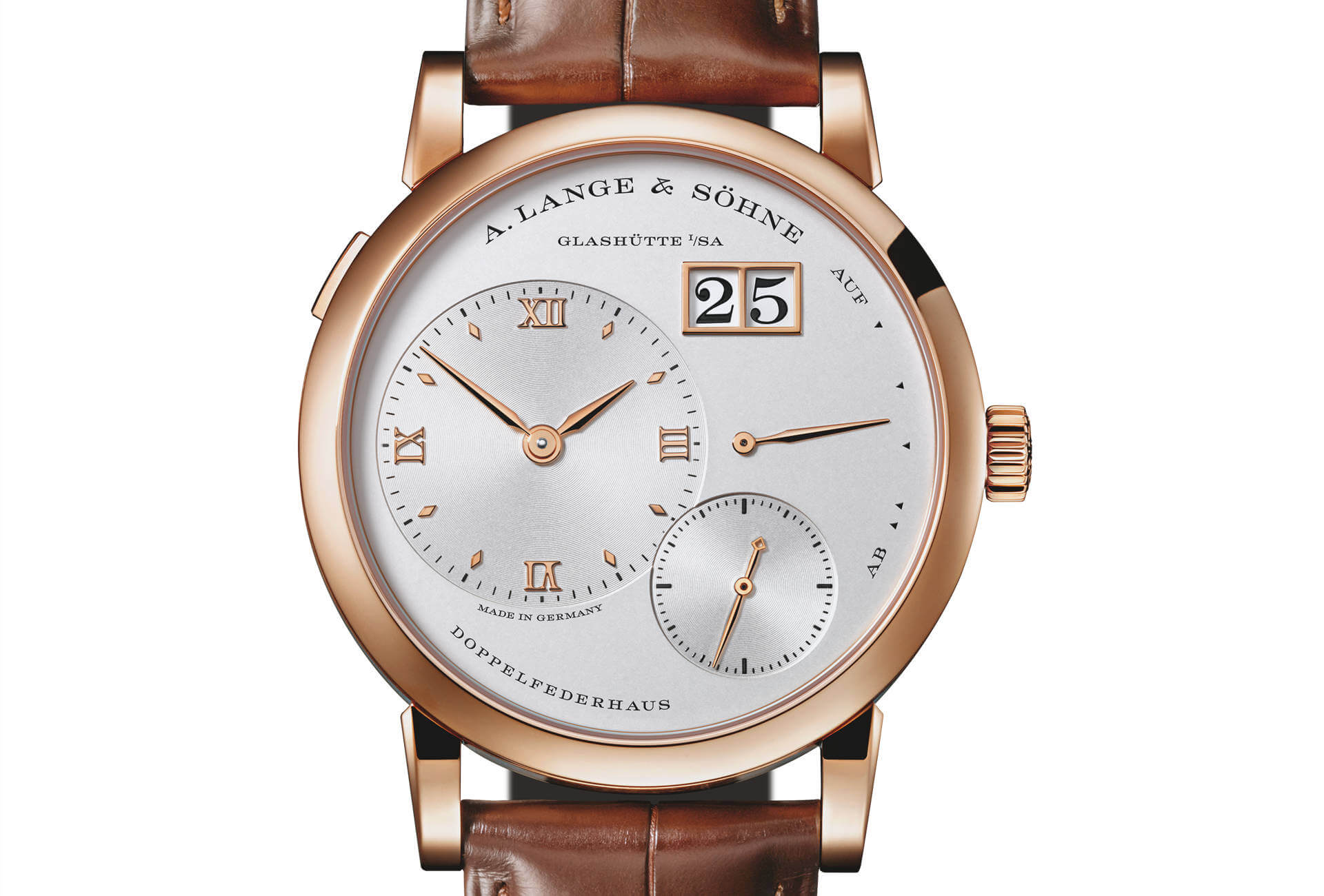Round about 1966, the time of its U.S. launch, a Daytona Cosmograph Reference 6239 with the new “exotic dial” could be had for a modest USD 219. In 2014, at Christie’s Daytona-themed Lesson One sale, its sister-reference 6263 flew off the block for a mind-boggling USD 1,089,186! Nicknamed the Paul Newman, it is one of the most sought-after wristwatches on the surface of the Earth. After a less than promising start, this attempt to jazz up the original Daytona’s seriously technical character took off thanks to the American actor, he of the ice-blue eyes and irresistible charm. Now collectors wage bidding wars in the hope of catching some of the ultimate cool guy’s charisma.
For 3 dollars more
In the mid-60s, Rolex was working on a new dial for its Daytona Cosmograph, a chronograph intended for high-speed sports, with a tachymeter scale moved from the dial to the bezel. The registers were painted in a contrasting colour for easy readability. Initially, dials were a combination of red, white and black, although red was dropped in the early 1970s in favour of a black and white configuration. Numerals sported an Art Deco-style font that alternated with small squares. There were more square markers on the minute track. Efficiency was the name of the game, while taking a few liberties with tradition. Rolex proposed this new version in steel or gold, the latter iteration paired with a champagne dial.
The new formula was greeted with caution. Either buyers passed on the new look altogether, or paid a three-dollar supplement to have the dial replaced with the original. One of the few to opt for the two-tone version was American actress Joanne Woodward as a gift for her husband, Paul Newman, who had caught the racing bug after filming high-speed scenes for the 1969 release, Winning. Alongside his film career, Newman in fact went on to enjoy remarkable success on the racing circuit, and even set up his own team, Newman Racing (which became Newman/Hass Racing in 1983, then Newman/Hass/Lanigan Racing in 2007). Prior to giving him the soon-to-be-famous watch, Joanne Woodward had the words “Drive Slowly” engraved on the back; a request that helped forge the legend.
A boost from Italy
Despite its best efforts, the Paul Newman Daytona failed to convince, which prompted Rolex to cease production in 1975. Its second chance to shine came from Italy, a country that had fallen in love with the brand with the coronet a long time ago. “Rolex had developed an effective sales and marketing strategy in Italy as of the 1930s-1940s,” explains Thomas Perazzi, head of Christie’s watch department. “It was considered perfectly natural to give or receive a Rolex as a gift for an important event, such as getting married or graduation. In the early 1980s, the Italians’ eye for stylish, tasteful products was immediately drawn to a magazine cover depicting Paul Newman sporting his watch. This was the cue for fans of the brand to reconsider this model and for collectors to go on the hunt, spurred on when Rolex published new photos of the actor proudly wearing his watch. Already in 1985, a Paul Newman Daytona was worth the equivalent of €1,000 compared with €750 for a standard model.” A quarter-century later, prices were going through the roof. For example, Hodinkee.com reports that the same watch sold by Antiquorum in 1992 for USD 9,257 fetched USD 66,000 in 2008.
Quiet glory
Even so, the evident rarity of Paul Newmans combined with Rolex’s auction appeal isn’t enough to explain such a meteoric rise in prices. The answer lies instead in buyer psychology, as Thomas Perazzi explains: “A collector generally cuts his teeth on contemporary watches then, as his taste becomes more refined, turns to vintage models, at which point there can be no getting away from Rolex and Patek Philippe, the two must-have brands for any enlightened collector. The Paul Newman attracts a particular fringe of collector: men aged 40 to 60 who want a casual, young-looking watch that nonetheless corresponds to their passion and respects the rules of serious collecting. This makes the Paul Newman the perfect watch, all the more so as it takes a true connoisseur to spot one and know its value.” After a chaotic start, and almost half a century after its launch, the Rolex Paul Newman Daytona Cosmograph ultimately rose to the top. Proof that legendary watches are not always the ones we expect.











